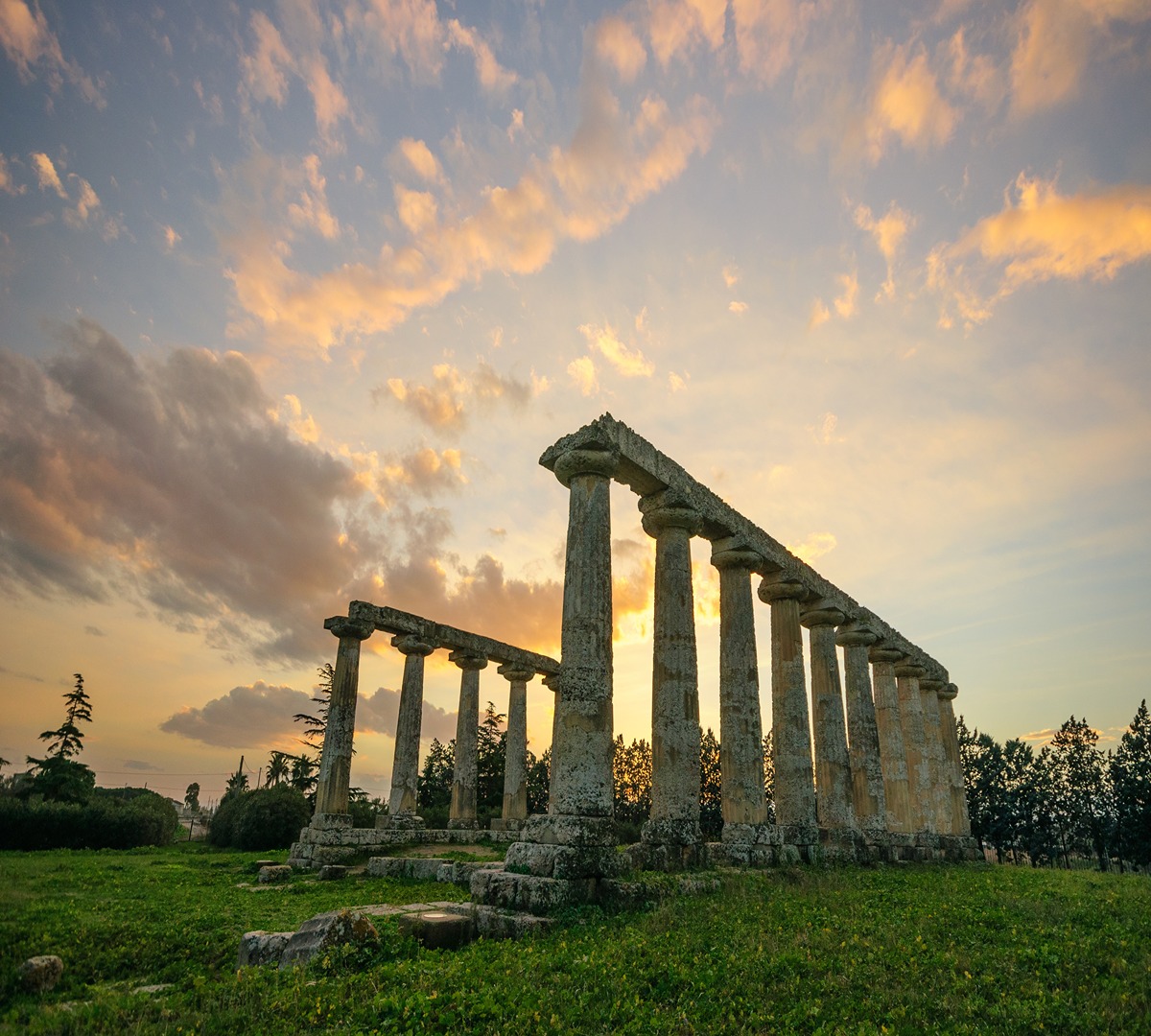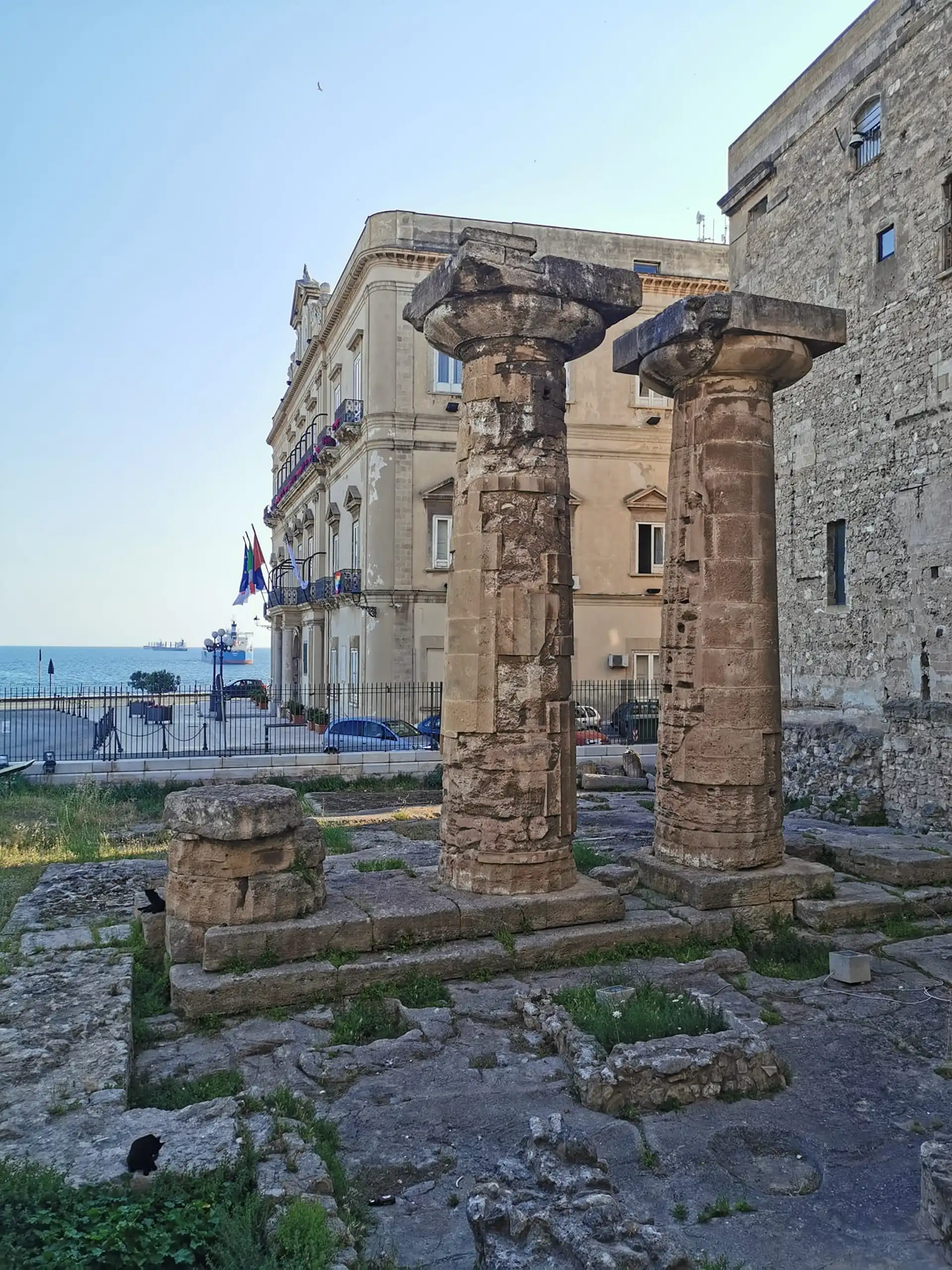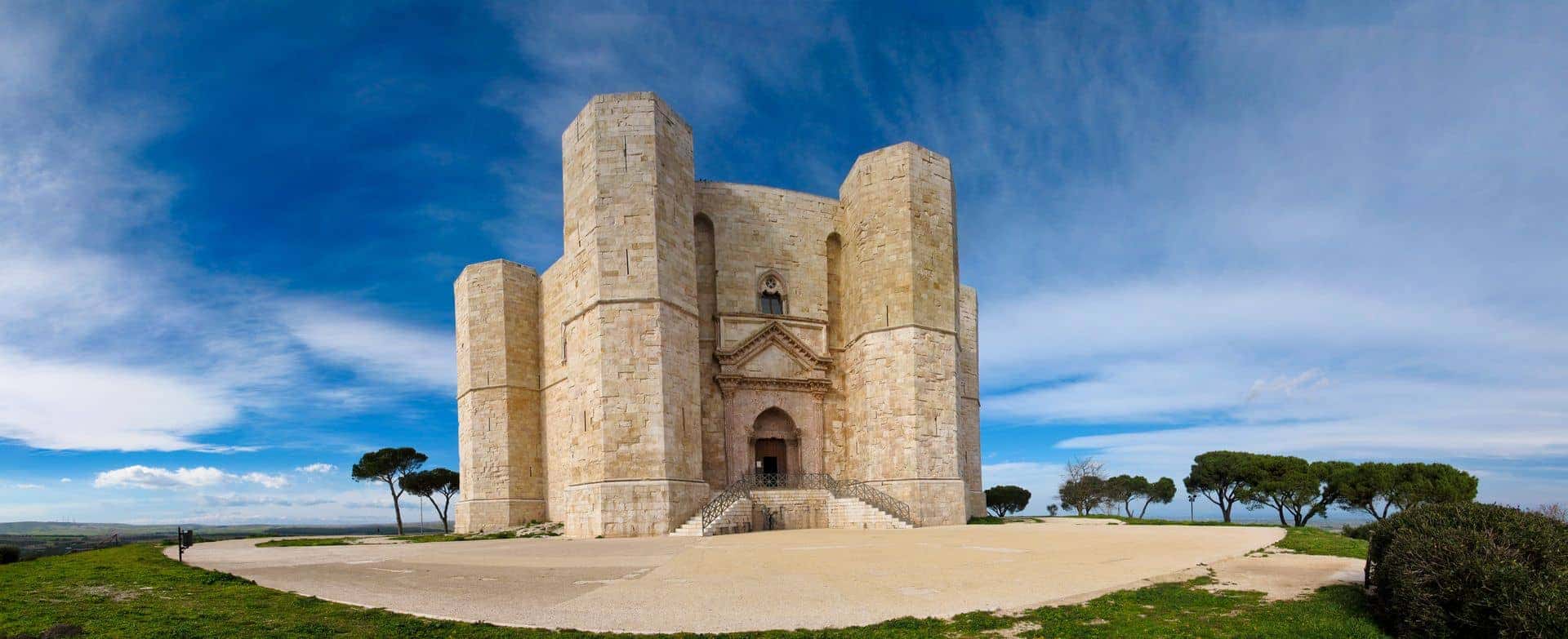At the heart of southern Italy lies Puglia the sun-drenched region known as the heel of Italy’s boot.
Its beauty is more than skin-deep: beneath olive groves and coastal cliffs lies a story shaped by thousands of years of history, culture, and resilience.
Let’s explore how the past forged today’s authentic Puglia, where every stone, church, and village whispers echoes of ancient civilizations.


Prehistoric Origins
Puglia’s story begins long before recorded history. Archaeological evidence shows that Puglia was inhabited during the Paleolithic era, as early as 30,000 BCE.
In the Gargano Peninsula and the Murgia Plateau, ancient caves, carvings, and rock dwellings reveal the lives and rituals of early settlers.
Sites like Santa Maria di Agnano near Ostuni and the cave sanctuaries of the Alta Murgia preserve traces of prehistoric art and spirituality, proof that this region has always been a crossroads of human life.
The Messapians and the Greeks
By the first millennium BCE, the Messapians, an Italic people, built fortified cities and cultivated fertile land between the Adriatic and Ionian Seas.
Their stone walls and tombs – visible in places like Egnazia and Manduria – still tell their story.
Then came the Greeks, who founded colonies along the coast. The city of Taranto (Taras) became one of Magna Graecia’s most important city-states.
With them came philosophy, art, and maritime trade, leaving an enduring mark on Puglia’s culture, cuisine, and architecture.


Roman Puglia: Gateway to the East
In the 3rd century BCE, Puglia became part of the Roman Republic and later the Roman Empire.
Its strategic location made it a vital bridge between Rome and the East, the Via Appia, one of the empire’s great roads, ended in Brindisi, the port to Greece.
Today, Roman amphitheaters, villas, and aqueducts can still be seen in Lecce, Canosa di Puglia, and Bari, standing as reminders of an empire that once ruled the Mediterranean.
Travel tip: Walk a section of the Via Appia Antica near Brindisi to trace the same route ancient legions once marched.


The Middle Ages: Crossroads of Empires
After Rome’s fall, Puglia became a cultural crossroads, ruled in turn by Byzantines, Lombards, Saracens, and finally the Normans in the 11th century.
Each left a mark on the region’s art and architecture.
The Normans built massive cathedrals and castles, including Castel del Monte, a UNESCO masterpiece whose perfect octagonal design still fascinates architects.
This era also cemented Puglia’s spiritual significance. In 1087, the relics of Saint Nicholas were brought to Bari, transforming the city into a major pilgrimage site still visited today.
The Renaissance and Baroque Splendor
During the Renaissance and Baroque periods, Puglia flourished under Spanish and Bourbon rule.
Magnificent churches, palaces, and civic buildings reshaped towns like Lecce, Martina Franca, and Gallipoli.
Lecce, known as the Florence of the South, became the capital of Baroque art, its facades adorned with elaborate carvings, angels, and flowers sculpted in warm local stone.
The period left Puglia with a legacy of elegance that still defines its towns today.


The Modern Era: From Challenges to Rebirth
In the 19th century, Puglia joined a newly unified Italy.
Though many faced poverty and emigration, the region’s resilience never waned. Olive oil, wine, and wheat powered its recovery, while traditions remained intact.
By the 20th century, Puglia began transforming from a rural outpost into a vibrant cultural and tourism hub, admired for its authenticity, craftsmanship, and cuisine.
Puglia Today: Where Past and Present Meet
Modern Puglia thrives on its living heritage. Visitors can walk through ancient ruins in Egnazia, climb Norman towers in Otranto, or stay in centuries-old trulli in Alberobello , all while enjoying luxury and comfort.
Every element of daily life, from a meal of orecchiette to the rhythm of a village festival, reflects thousands of years of continuity.
Puglia isn’t a museum: it’s a living timeline, where history is woven into every landscape, flavor, and smile.


Why Puglia’s History Still Matters
Puglia’s past isn’t just something to study, it’s something to feel.
You can sense it in the quiet of ancient olive groves, the arches of Romanesque cathedrals, and the music of summer festivals echoing through the hills.
That fusion of history, nature, and community is what makes Puglia one of Italy’s most authentic and enduring destinations.
